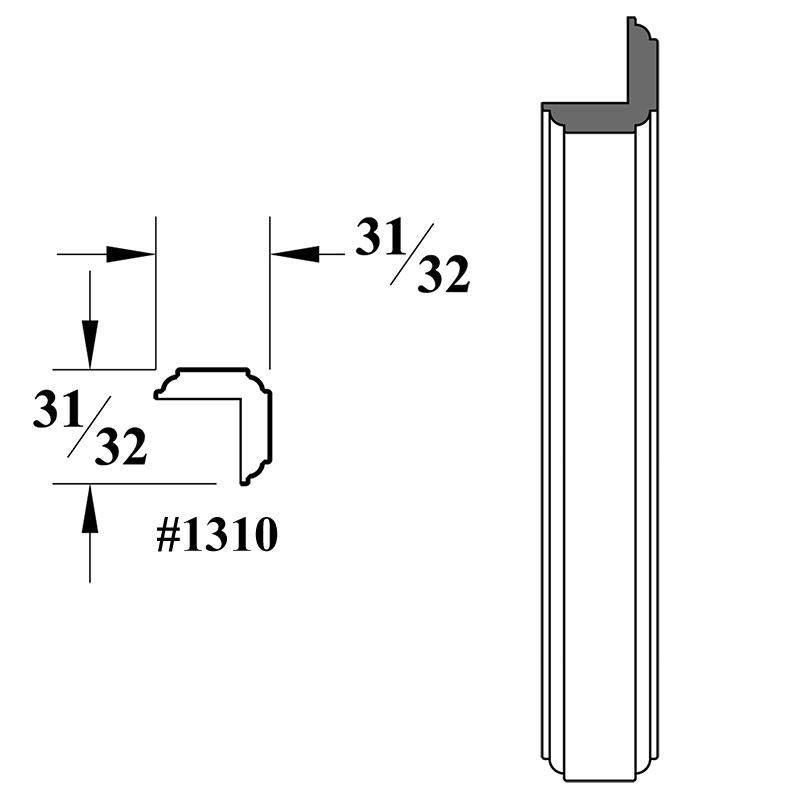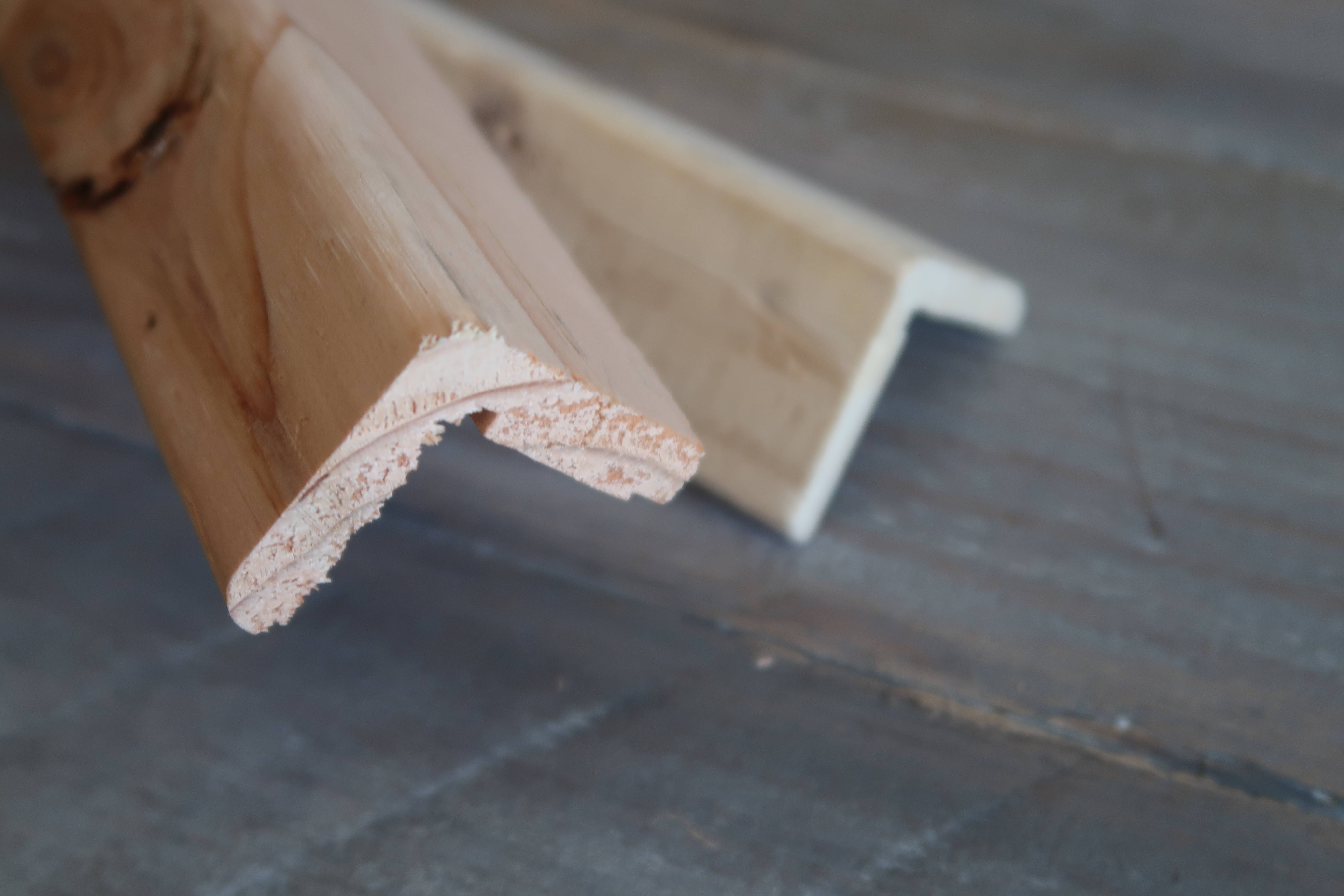When it comes to home improvement and interior design, small details often make the biggest impact. One such detail that often goes unnoticed but can transform the look of your home is decorative outside corner molding. Having recently completed a home renovation myself, I can attest to the significant difference this simple addition can make. In this article, we’ll delve into everything you need to know about decorative outside corner molding, including styles, benefits, installation tips, and more.
What is Decorative Outside Corner Molding?
Decorative outside corner molding is a design element used to cover the seams where two walls meet on the exterior corners of a structure. Typically made from materials such as wood, polyurethane, or PVC, these moldings add both style and durability to your home. They serve both aesthetic and functional purposes, enhancing curb appeal while protecting corners from damage.
The Benefits of Using Decorative Outside Corner Molding
Integrating decorative outside corner molding into your home’s design offers numerous advantages:

- Enhances Aesthetic Appeal: Adds a touch of elegance and sophistication.
- Protects Edges: Shields corners from damage and wear.
- Easy Installation: Can be installed by DIY enthusiasts or professionals with relative ease.
- Versatile Designs: Available in various styles to match any architectural theme.
Types of Decorative Outside Corner Molding

Understanding the different types of decorative outside corner molding is essential for making the right selection for your home. Below, we delve into several popular options:
1. Wood Corner Molding
Wood molding offers a classic and warm finish. It can be stained or painted to match your home’s exterior.

Pros:
- Natural appearance
- Easily customizable
Cons:
- Requires maintenance (painting/staining)
- Can be susceptible to rot
2. PVC Corner Molding
PVC molding is a synthetic product known for its durability and resistance to moisture.

Pros:
- Highly durable
- Water-resistant
Cons:
- Limited aesthetic appeal compared to wood
- May become brittle over time
3. Polyurethane Corner Molding
Polyurethane molding combines the beauty of wood with the durability of synthetic materials.

Pros:
- Lightweight and easy to install
- Resistant to moisture and insects
Cons:
- Typically more expensive than PVC
- Limited paint options
4. Composite Corner Molding
This type is made from a blend of materials, often designed to be eco-friendly.

Pros:
- Environmentally friendly
- Good insulation properties
Cons:
- May not be as sturdy as solid wood
- Limited color options
Comparison Table: Types of Decorative Outside Corner Molding

| Type | Material | Durability | Maintenance | Cost |
|---|---|---|---|---|
| Wood | Natural Wood | Moderate | High | $$ |
| PVC | Plastic | High | Low | $$ |
| Polyurethane | Synthetic | High | Low | $$$ |
| Composite | Mixed | Moderate | Moderate | $$ |
How to Choose the Right Decorative Outside Corner Molding?
Selecting the perfect molding can feel overwhelming, but by following these steps, you can simplify the process:
1. Consider Your Home’s Style
Ensure that the molding complements the architectural style of your home. For modern homes, sleek and minimalistic designs may work best, while traditional homes may benefit from ornate wood moldings.
2. Evaluate Your Budget
Determine how much you’re willing to spend. Keep in mind that while cheaper options may save you money upfront, investing in higher-quality materials can be more cost-effective long-term.
3. Think About Maintenance
Consider how much time you’re willing to dedicate to upkeep. Wooden moldings may require regular maintenance, while synthetic options like PVC or polyurethane are generally low maintenance.
4. Review Customer Feedback
Do your research by reading customer reviews and testimonials. Engaging with community forums can also yield insights about durability and performance over time.
Installation Tips for Decorative Outside Corner Molding
Installing corner molding can be a fun DIY project. Here are some tips to help you through the process:
1. Gather Your Tools
You’ll need a few tools to get started:
- Miter saw
- Tape measure
- Nail gun or hammer and nails
- Caulk and caulking gun
- Paintbrush (if painting)
2. Measure and Cut
Measure the corners of your walls accurately. Use a miter saw to cut at a 45-degree angle for a seamless fit.
3. Secure the Molding
Carefully position the molding on the corner and secure it using your nail gun or hammer and nails. Make sure it is level before fastening it in place.
4. Finish with Caulk and Paint
Fill in any gaps with caulk and touch up with paint for a polished look.
Personal Experience: My Journey with Decorative Outside Corner Molding
During my recent home renovation, I decided to incorporate decorative outside corner molding for both aesthetics and protection. I chose polyurethane molding because of its durability and lightweight nature. The installation process was straightforward, even for someone like me, who is not a professional. Within a few hours, my house had a fresh and elegant finish, making it feel like a new home. Friends and family often comment on how the molding adds a touch of charm to my exterior, which makes the effort feel even more rewarding.
Common Questions About Decorative Outside Corner Molding
1. What is the best material for outside corner molding?
The best material depends on your needs. If you’re looking for durability and low maintenance, PVC or polyurethane may be your best bet. If aesthetics are your priority, wood can offer a classic look, though it may require more upkeep.
2. How do I maintain my corner molding?
Maintenance varies by material. Wooden moldings may need regular painting or staining, while PVC and polyurethane typically only need occasional cleaning.
3. Can I install corner molding myself?
Yes! With the right tools and a bit of patience, many homeowners successfully install corner molding themselves, saving on installation costs.
4. How can decorative molding affect my home’s value?
Adding decorative molding can increase your home’s curb appeal, potentially boosting its market value. A well-finished exterior is often attractive to buyers.
5. Is decorative corner molding suitable for all climates?
Most modern materials are designed to withstand various weather conditions. However, wood might not be ideal for very humid or wet climates due to potential rot.
Conclusion
Decorative outside corner molding is a valuable addition to any home, combining beauty and functionality. With numerous styles and materials available, there’s something to fit every taste and need. Whether you’re planning a major renovation or just looking for a small upgrade, investing in corner molding can elevate your home’s aesthetics significantly. I encourage you to explore your options and consider adding this charming detail to your home. Happy decorating!